On April 30, 1945, while in his Führerbunker in Berlin, Adolf Hitler shot himself.
Around the same time, about a thousand residents of the German town of Demmin also committed suicide. For several weeks afterward, the Soviet soldiers took the bodies of the dead from the rivers and buried them.
It was reported that desperate people committed suicide using firearms, poisons, and razor blades. Some people chose to hang themselves, others drowned in the Tollense and Peene rivers. In some cases, parents killed their children before committing suicide.
There is evidence of various unsuccessful attempts as well. In rare cases, according to eyewitnesses, Soviet soldiers dragged people out of the water and then had to prevent them from repeated attempts to kill themselves.
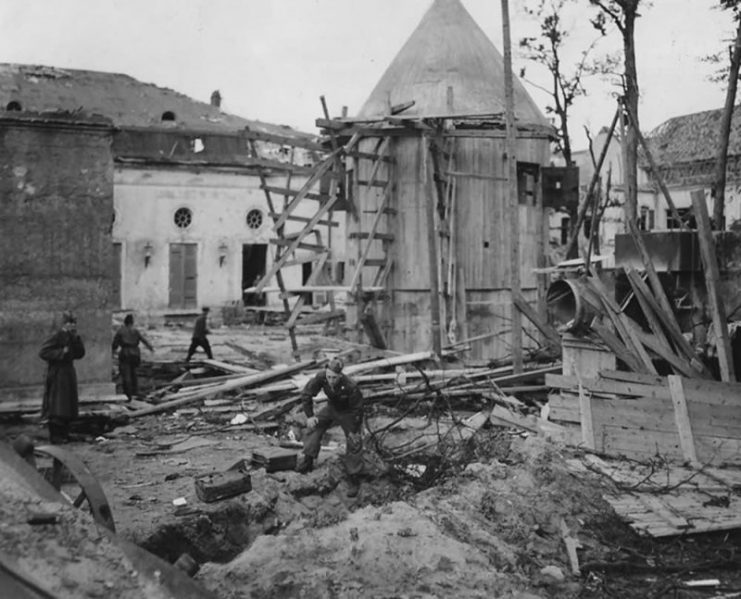
What happened in Demmin was not an isolated case. In 1945, a wave of mass suicide occurred throughout Nazi Germany.
According to estimates by various historians, the number of those who voluntarily gave up their lives in the last months of the war ranges from 10,000 to 100,000 people. The main reasons are considered to be aggressive German propaganda combined with depression caused by life in the war zone among the ruins of buildings.
On April 12, 1945, the Berlin Philharmonic Orchestra organized its last appearance before the inevitable end of World War II. Albert Speer, a leading Nazi, organized the evening. The Berlin Philharmonic performed on that day Wagner’s “Götterdämmerung” – Twilight of the Gods.
At the same time, representatives of the Hitler Youth handed out tablets of potassium cyanide to the audience, so that they could take them and commit suicide without serious consequences.
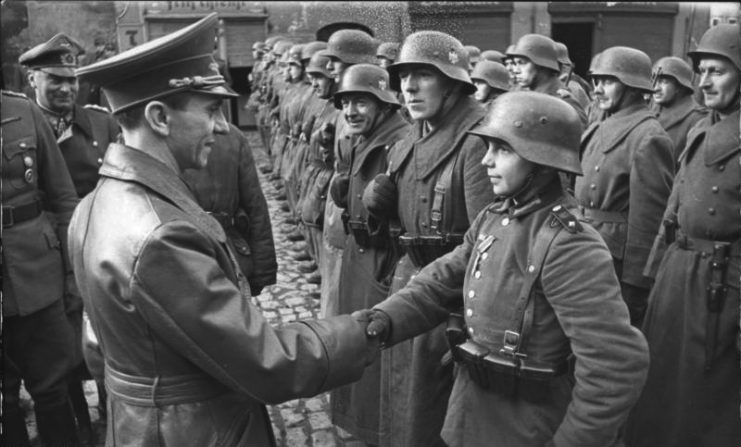
For many years, German propaganda had created the image of cruel Soviet soldiers robbing houses, killing children, and raping women. This image became one of the catalysts for panic in Germany by the end of the war.
In February 1945, the Nazis distributed leaflets throughout Czechoslovakia. These leaflets detailed the “Bolshevik murderer-pack” and the fact that their victory would lead to looting, starvation, and extermination. They called on German men to “save German women and girls from defilement and slaughter by the Bolshevik bloodhounds.”
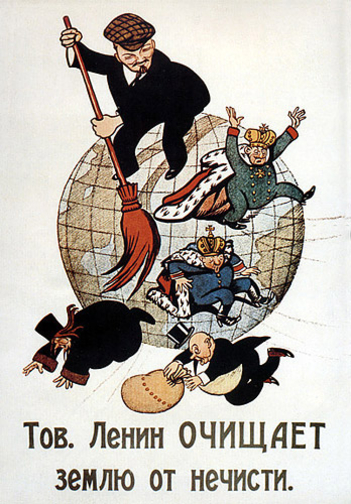
The behavior of Soviet soldiers during the liberation campaign only aggravated the situation. Based on suicide notes, diaries, and personal testimonies, German historians have concluded that many German women committed suicide to avoid being raped or out of shame at having already been raped.
The German psychiatrist Erich Menninger-Lerchenthal noted that there had been “organized mass suicide on a large scale which had previously not occurred in the history of Europe.”
He went on to say that “there are suicides which do not have anything to do with mental illness or some moral and intellectual deviance, but predominantly with the continuity of a heavy political defeat and the fear of being held responsible.”
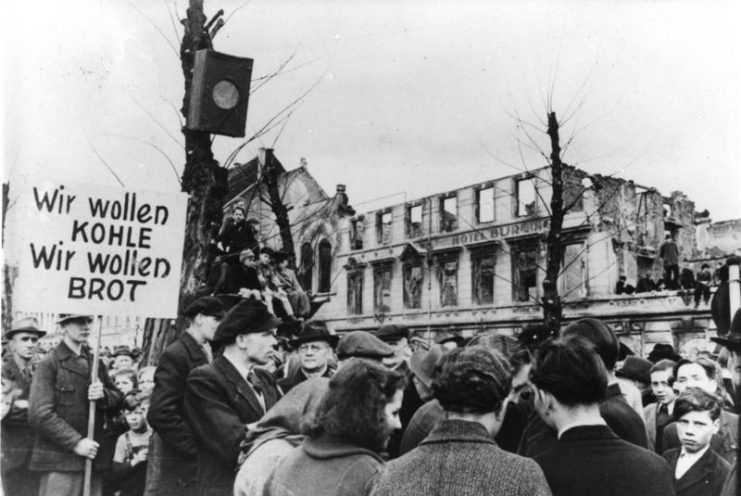
The German journalist and historian Florian Huber wrote the book “Kind, versprich mir, dass du dich erschießt” (Child Promise Me That You Will Shoot Yourself) which is devoted to the events of mass suicide in Demmin in 1945. He wrote that people who decided to commit suicide alone were few. Most often, it was carried out in families or couples.
Gerhard Jacobi, a priest from Demmin, described a wave of suicides in his city as an “epidemic of suicides” that lasted about three days. When everything died down, the daughter of the cemetery gardener counted 612 people who died.
However, according to other data from Demmin in those days, between 700 and 1,200 people committed suicide. A historian from Rostock, Fred Mrotzek, considered that the death toll ranged as high as 1,200 to 2,500 people.
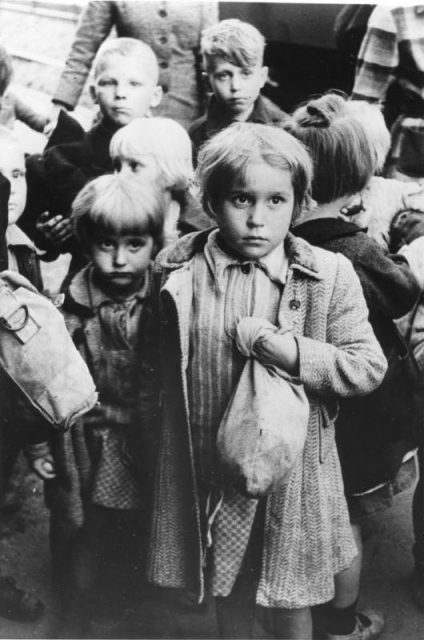
According to some eyewitnesses, mass suicide was provoked by the actions of Soviet soldiers. For three days, they drank, robbed, killed German men, and raped women. In addition, during their stay, 80% of the city was destroyed.
It is worth noting that, in the last months of the war, suicide in the Third Reich was proclaimed a heroic act. On February 28, 1945, on public radio, Joseph Goebbels declared that if Germany was defeated, he would “cheerfully throw away his life.”
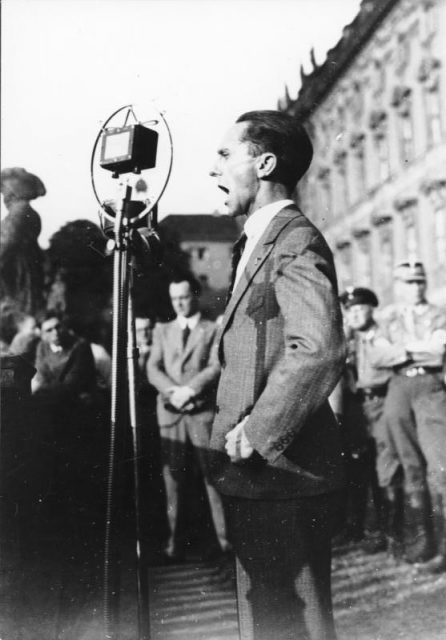
On August 30, 1944, during a military briefing, Hitler stated that “It’s only [a fraction] of a second. Then one is redeemed of everything and finds tranquility and eternal peace.”
The Führer declared his preference for suicide over defeat in 1939. In the Reichstag, during the invasion of Poland, he said: “I now wish to be nothing other than the first soldier of the German Reich. Therefore I have put on that tunic which has always been the most holy and dear to me. I shall not take it off again until after victory is ours, or I shall not live to see the day!”
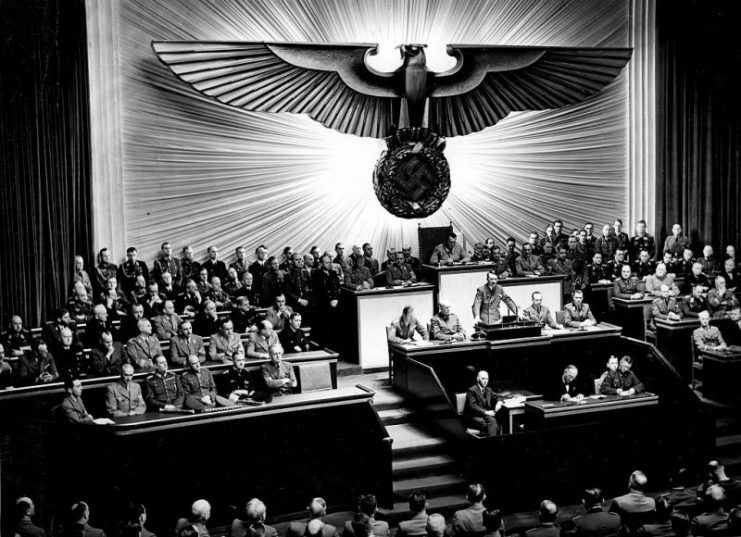
Most supporters of the Nazi party were planning to commit suicide in case of defeat. In addition, years of Nazi propaganda had insisted to the population of Germany that depriving oneself of life was the only way out of this situation.
In March 1945, the British reprinted a black and white German propaganda postcard, which was supposedly issued by the German government. It contained detailed instructions on how to hang yourself painlessly, quickly, and correctly.
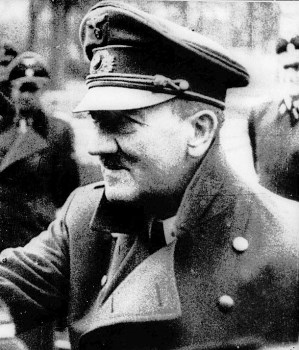
Many service members, significant Nazis, and party followers committed suicide in the last days of the war. There were also those who killed themselves only after being captured.
Read another story from us: Germany 1944-5 – a Nation Sliding From Triumph into Ruin
The list includes 8 out of 41 regional leaders of the Nazi Party, 7 out of 47 top police and SS officers, 14 out of 98 Luftwaffe generals, 53 out of 554 Army generals, 11 out of 53 admirals in the Kriegsmarine, and an unknown number of junior officers.
During 1945, more than 7,000 suicides were registered in Berlin, although this figure is considered to be an underestimate due to the chaos of the post-war period. A similar phenomenon was recorded in more than 16 other cities.
